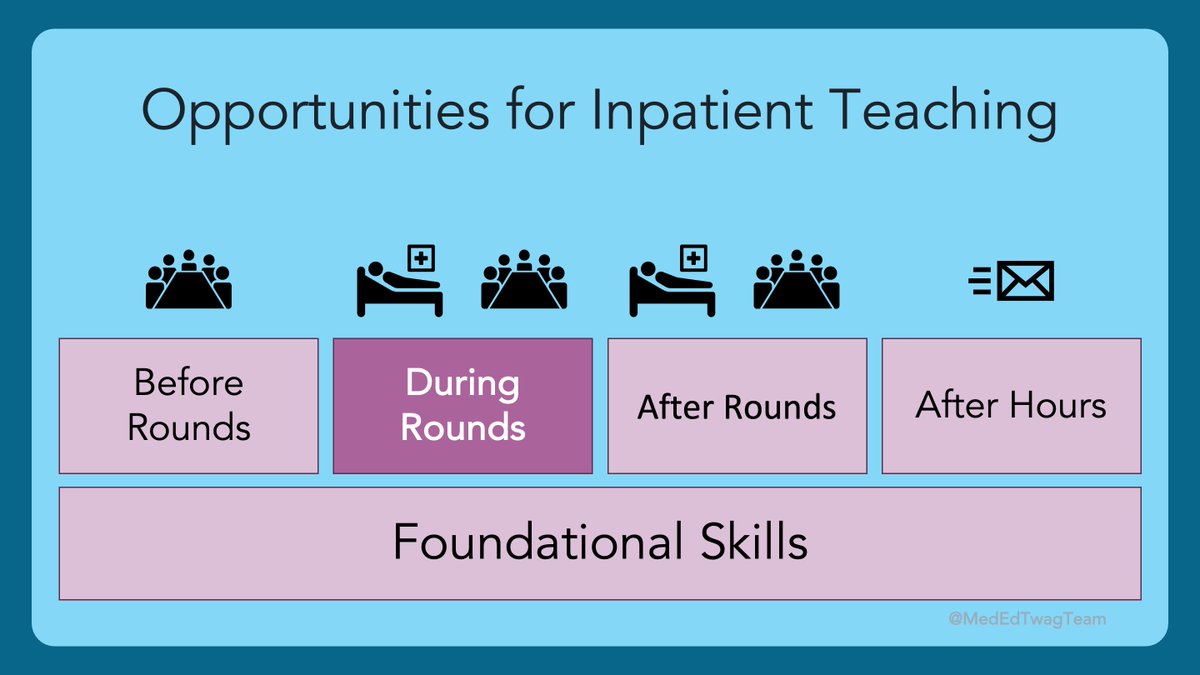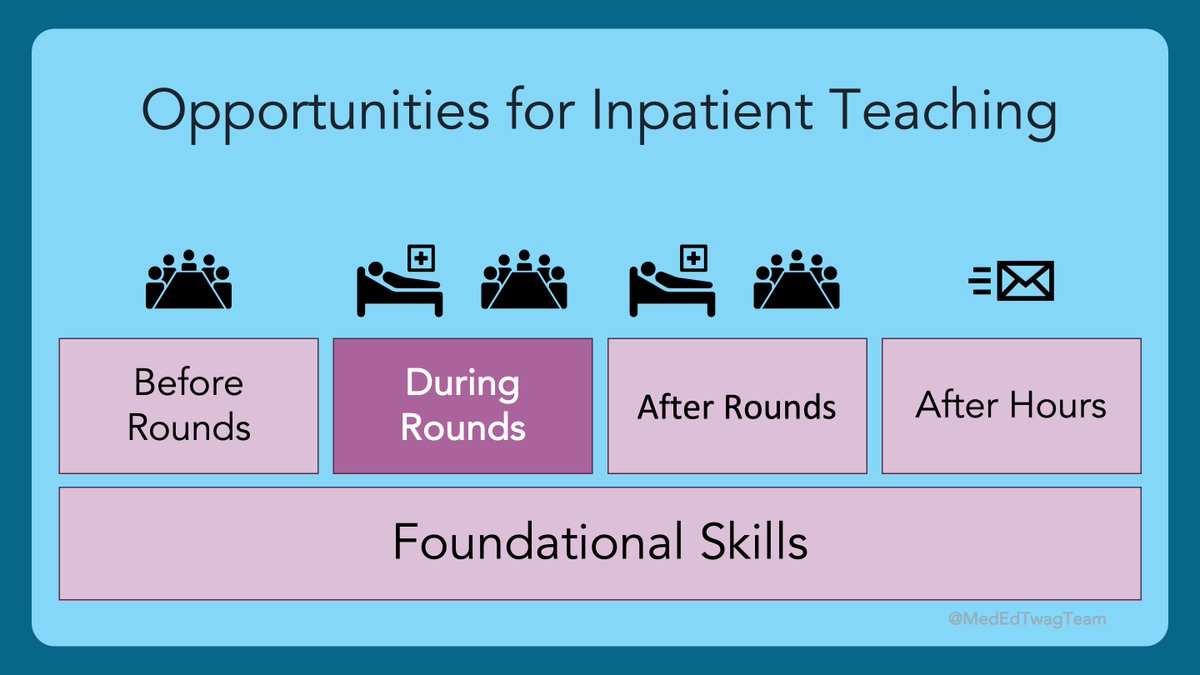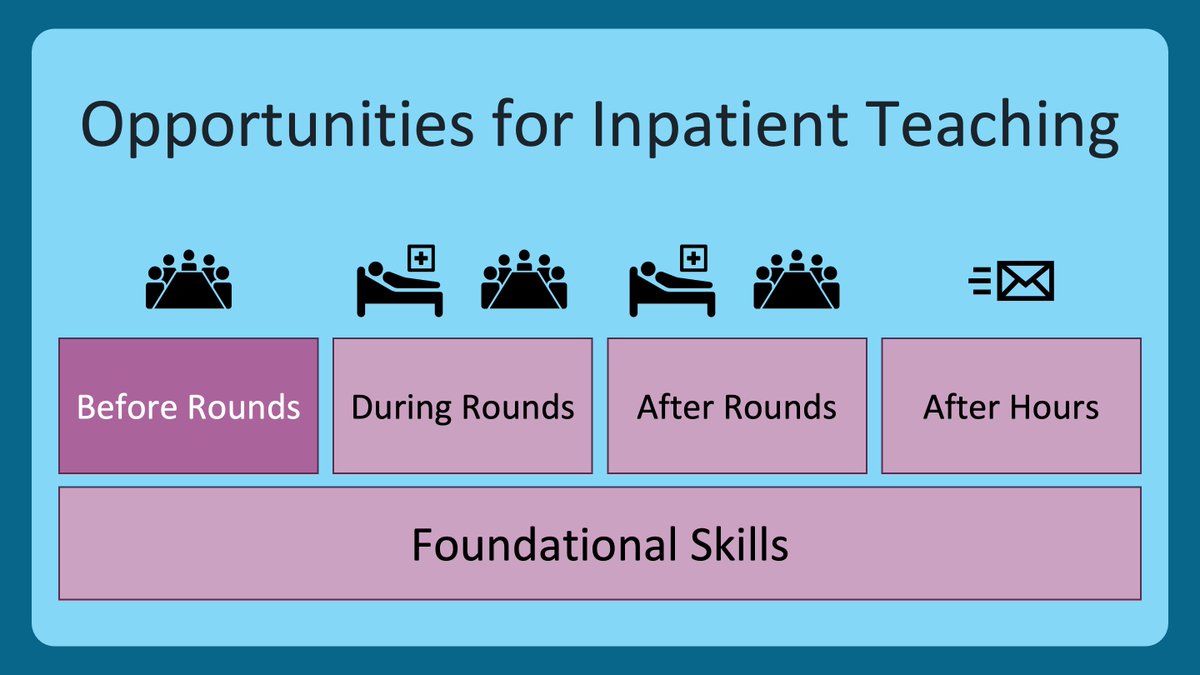Have to say something about the #MedBikini paper. I run the professional identity formation course for my institution. My intentions in the course are to pull back the curtain on the #HiddenCurriculum, and empower students to reframe what #professionalism should look like.
To me, this means:
✅Promoting #DEI
✅Dismantling #SystemicRacism, #WhiteSupremacy, and #Misogyny
✅Normalizing #DocsWithDisabilities, #ImposterSyndrome, and seeking #MentalHealth support
✅Building a group of #MDsLoading willing to #SpeakTruthToPower
✅Promoting #DEI
✅Dismantling #SystemicRacism, #WhiteSupremacy, and #Misogyny
✅Normalizing #DocsWithDisabilities, #ImposterSyndrome, and seeking #MentalHealth support
✅Building a group of #MDsLoading willing to #SpeakTruthToPower
Framework for the course is the seminal @AcadMedJournal paper from Cruess et al. from 2015 (👀👇).
#MedBikini authors have done so much damage, but to me, they have really laid bare what being socialized into the profession of #VascularSurgery really looks like.
#MedBikini authors have done so much damage, but to me, they have really laid bare what being socialized into the profession of #VascularSurgery really looks like.

This paper should prove great fodder for my class (thanks, but no thanks).
But really, it has just set medicine, and especially surgery, back decades. Love all the women speaking up on #SoMe. Just trying to do my part, #heforshe.
CC: @choo_ek
But really, it has just set medicine, and especially surgery, back decades. Love all the women speaking up on #SoMe. Just trying to do my part, #heforshe.
CC: @choo_ek
Forgot to include @FutureDocs. 🤦🏻♂️
• • •
Missing some Tweet in this thread? You can try to
force a refresh



















